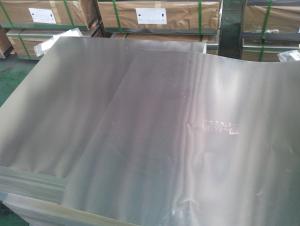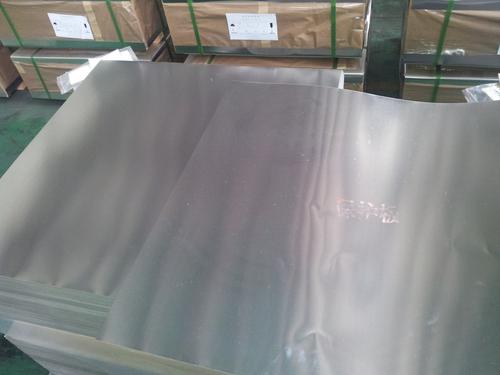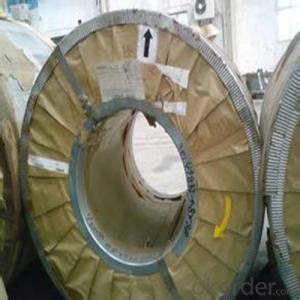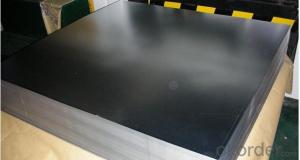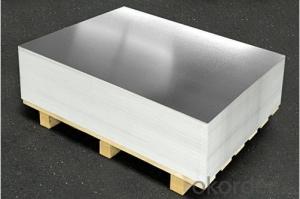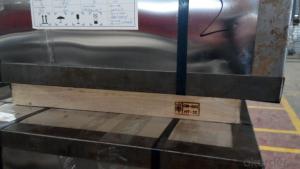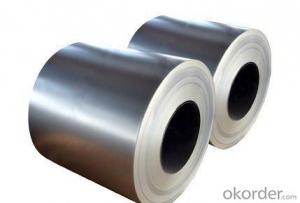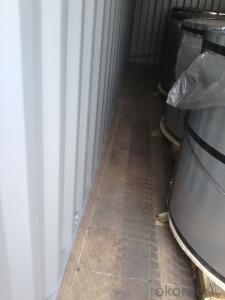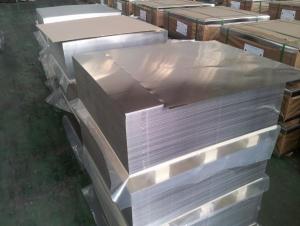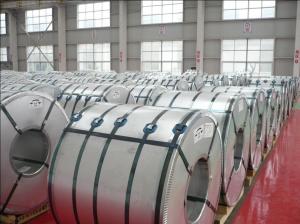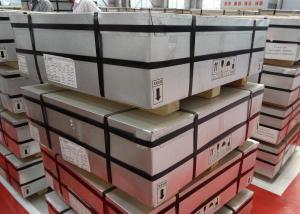ETP Tinplate for Metal Container
- Loading Port:
- China Main Port
- Payment Terms:
- TT OR LC
- Min Order Qty:
- -
- Supply Capability:
- -
OKorder Service Pledge
OKorder Financial Service
You Might Also Like
Tinplate is a thin steel sheet coated by tin. It has an extremely beautiful metallic luster as well as excellent properties in corrosion resistance, solder ability, and weld ability.
Tinplate is widely used for making all types of containers such as food cans, beverage cans, and artistic cans, tea cans, painting cans, chemical package cans and dry food package cans, metal printing etc. Its applications are not limited to containers; recently, tinplate has also been used for making electrical machinery parts and many other products.
Our Tinplates Specification is as below:
Standard: ISO 11949 -1995, JIS G3303,ASTM A623, BS EN 10202
Material: MR,SPCC
Thickness:0.15mm - 0.50mm
Width and Length: 600mm -1150mm
Temper: T1-T5
Annealing: BA & CA
Tincoating:customized
Both Prime and Secondary Quality Available !!!
- Q: How does tinplate contribute to the protection of textile products?
- Tinplate contributes to the protection of textile products by providing a durable and corrosion-resistant packaging material. It acts as a barrier against moisture, oxygen, and other environmental factors that could damage the textiles. Additionally, tinplate containers can be sealed tightly, ensuring that the textile products remain intact and free from contamination during storage and transportation.
- Q: What are the main components of tinplate?
- The main components of tinplate are steel and tin.
- Q: What are the different coatings used on tinplate?
- There are several different coatings used on tinplate, including tin-free steel (TFS) coating, electrolytic tinplate (ETP) coating, lacquer coating, and organic coatings. These coatings serve different purposes such as corrosion resistance, food safety, and enhanced visual appeal.
- Q: Is tinplate safe for contact with skin?
- Yes, tinplate is generally safe for contact with skin. It is a widely used material in the production of various products, including jewelry, cosmetic containers, and packaging. Tinplate is known for its durability and resistance to corrosion, making it suitable for direct contact with the skin without causing any harmful effects. However, if you have a known allergy or sensitivity to tin or metals, it is recommended to avoid prolonged or direct contact with tinplate to prevent any potential skin irritation.
- Q: How is tinplate used in the manufacturing of kitchenware?
- Tinplate is commonly used in the manufacturing of kitchenware due to its unique properties. It provides a protective coating that prevents corrosion and enhances the durability of the kitchenware items. Tinplate is often used to create food cans, utensils, and other cookware. Its ability to resist corrosion and maintain food quality makes it a popular choice for kitchenware manufacturers.
- Q: What is the average lifespan of tinplate packaging?
- The average lifespan of tinplate packaging varies depending on various factors such as storage conditions, handling, and usage. However, when properly maintained, tinplate packaging can last for several years, providing durable protection for the packaged goods.
- Q: How is tinplate coated for signage?
- Tinplate for signage is typically coated using a process called electroplating, where a layer of tin is deposited onto the surface of the metal. This coating provides protection against corrosion and enhances the appearance of the signage.
- Q: Is tinplate affected by moisture or humidity?
- Yes, tinplate is affected by moisture or humidity. Tinplate is a thin sheet of steel coated with a layer of tin, which provides corrosion resistance. However, prolonged exposure to moisture or high humidity can cause the tin layer to react with the steel, leading to corrosion and degradation of the tinplate's properties. It is important to store and handle tinplate in conditions that minimize exposure to moisture and humidity to maintain its integrity.
- Q: How is tinplate coated with food-grade materials?
- Tinplate is coated with food-grade materials through a process called electrolytic tinplating. In this process, a thin layer of tin is electroplated onto the surface of the tinplate to provide a protective coating. This coating ensures that the tinplate is safe for direct contact with food and prevents any reaction between the metal and the food, thereby maintaining the food's quality and safety.
- Q: What are the different ways to recycle tinplate closures?
- There are several different ways to recycle tinplate closures. One option is to separate the tinplate closures from other recyclable materials, such as glass or plastic bottles, and send them to a recycling facility where they can be melted down and reused to make new products. Another option is to repurpose tinplate closures for crafts or DIY projects, such as creating decorative magnets or jewelry. Additionally, some communities offer recycling programs specifically for tinplate closures, where they can be collected and reused in various ways.
Send your message to us
ETP Tinplate for Metal Container
- Loading Port:
- China Main Port
- Payment Terms:
- TT OR LC
- Min Order Qty:
- -
- Supply Capability:
- -
OKorder Service Pledge
OKorder Financial Service
Similar products
Hot products
Hot Searches
Related keywords
